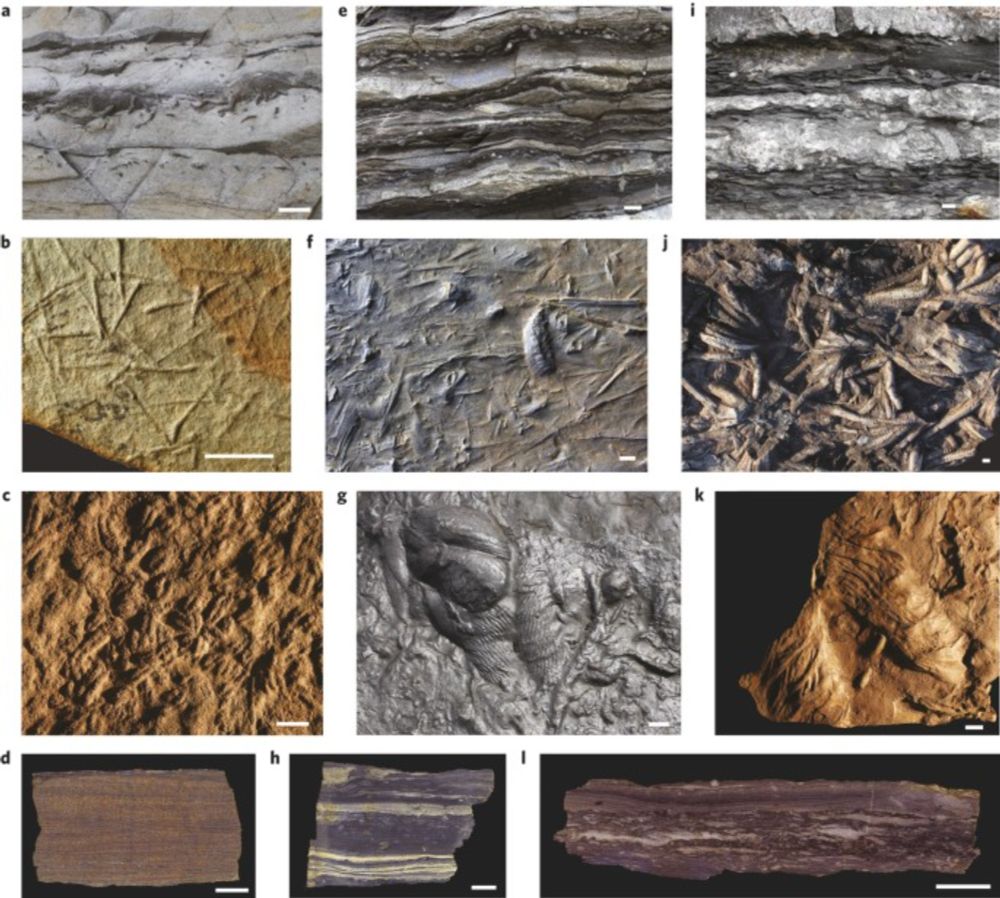
Unfortunately, most of the people I know in that field are Bronze Age or older (and/or on the boundary between geology/marine sciences and archeology).
What about archeology adjacent? Been involved in a few multi-disciplinary projects across the archology-geology-geochemistry spectrum (paleo-diet, farming/forging, construction etc.) Thomas Tütken at Mainz does a lot of that from the geology side (Guy Bar-Oz at Haifa was on the archeological side).
Not writing any papers on the effect of bioturbation (this week, possibly later this year), but was working on updating slides for one of my courses. This is the nice thing about academia - you can go into things you are interested in and excited about into the classroom. #AcademicSky
Just for the record, the shift was probably much more important for the evolution of the benthic macronutrient cycles (Phosphate, Nitrogen). Those are harder to quantify in paleo, but they have been modeled. www.sciencedirect.com/science/arti...

It seems to have started already in the late Ediacaran (even before mineral shells) that some things began to go into the sediment (doi.org/10.1130/G328...doi.org/10.3389/fmar...).

Bioturbation enhances mixing between the seafloor and overlying ocean due to changes the redox state of the sediment and influences the biogeochemical cyclin...
One of the interesting things that happened once animals evolved was that they started to make holes in the sediment. This not only opened a new niche once they figured out how to dig but also changed how some elements (e.g., sulfur) exchanged with the water above. www.nature.com/articles/nge... 🧪⚒️

Mobile organisms first appeared in the fossil record prior to the Precambrian–Cambrian transition. Sediment textures indicate that the degree of sediment mixing by animal activity remained low for 120...
Let the Semifinals begin in #MinCupwww.mineralcup.org/2024/vote/r4m1
I wanted to say it's alarming, but at this point, it is depressingly expected as we are seeing an ongoing slowing down of multiple segments of the overturn circulation. It's like seeing half the Miocene in reverse within my lifetime.

